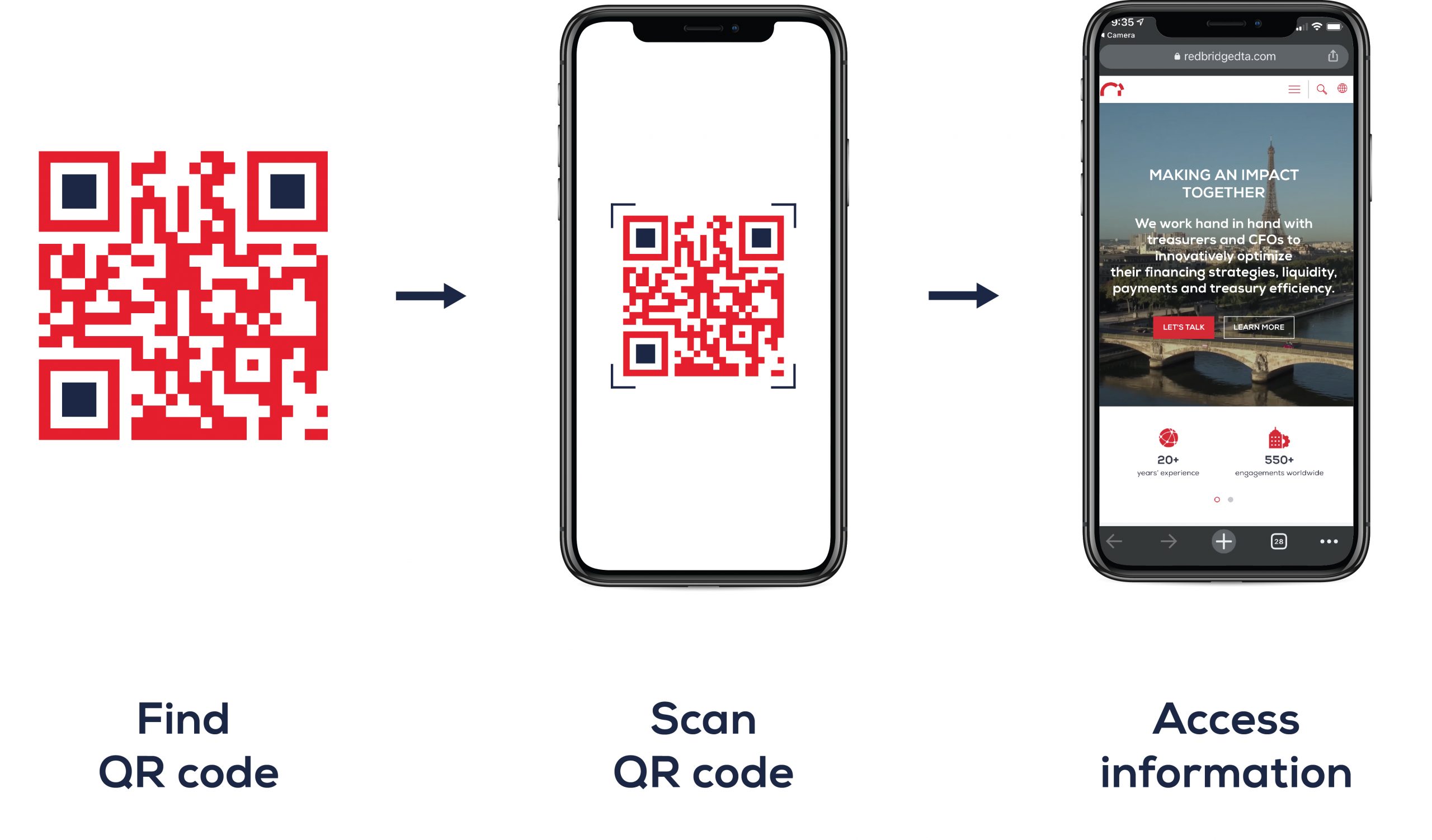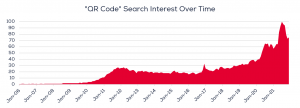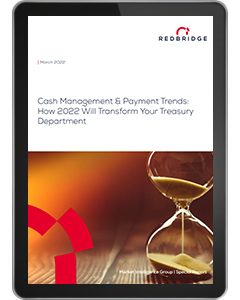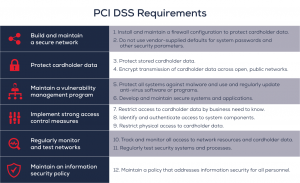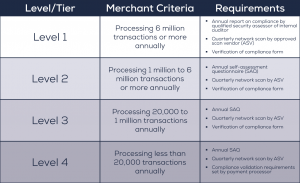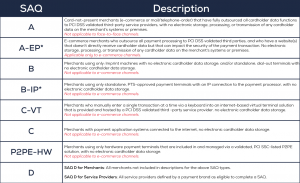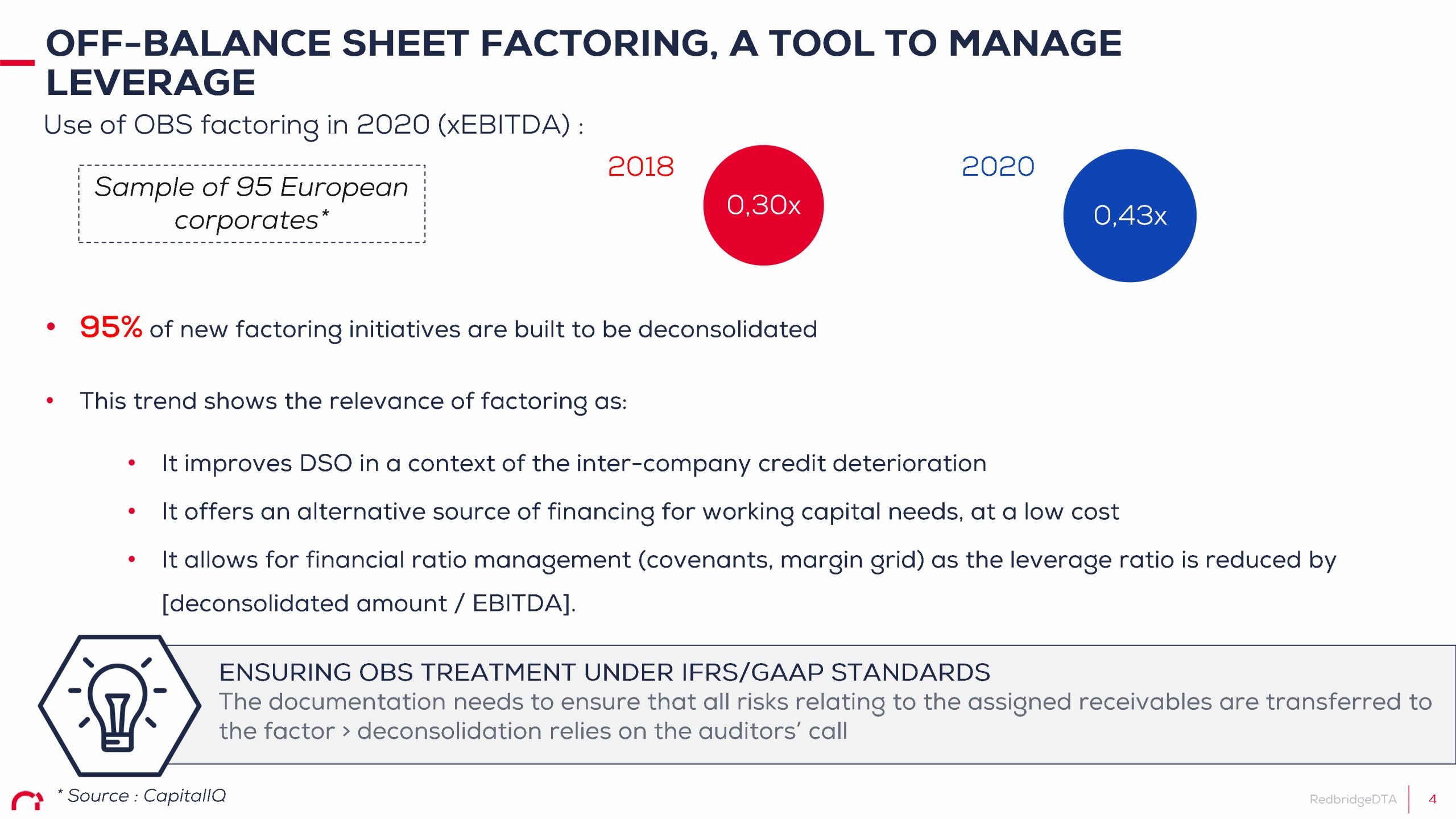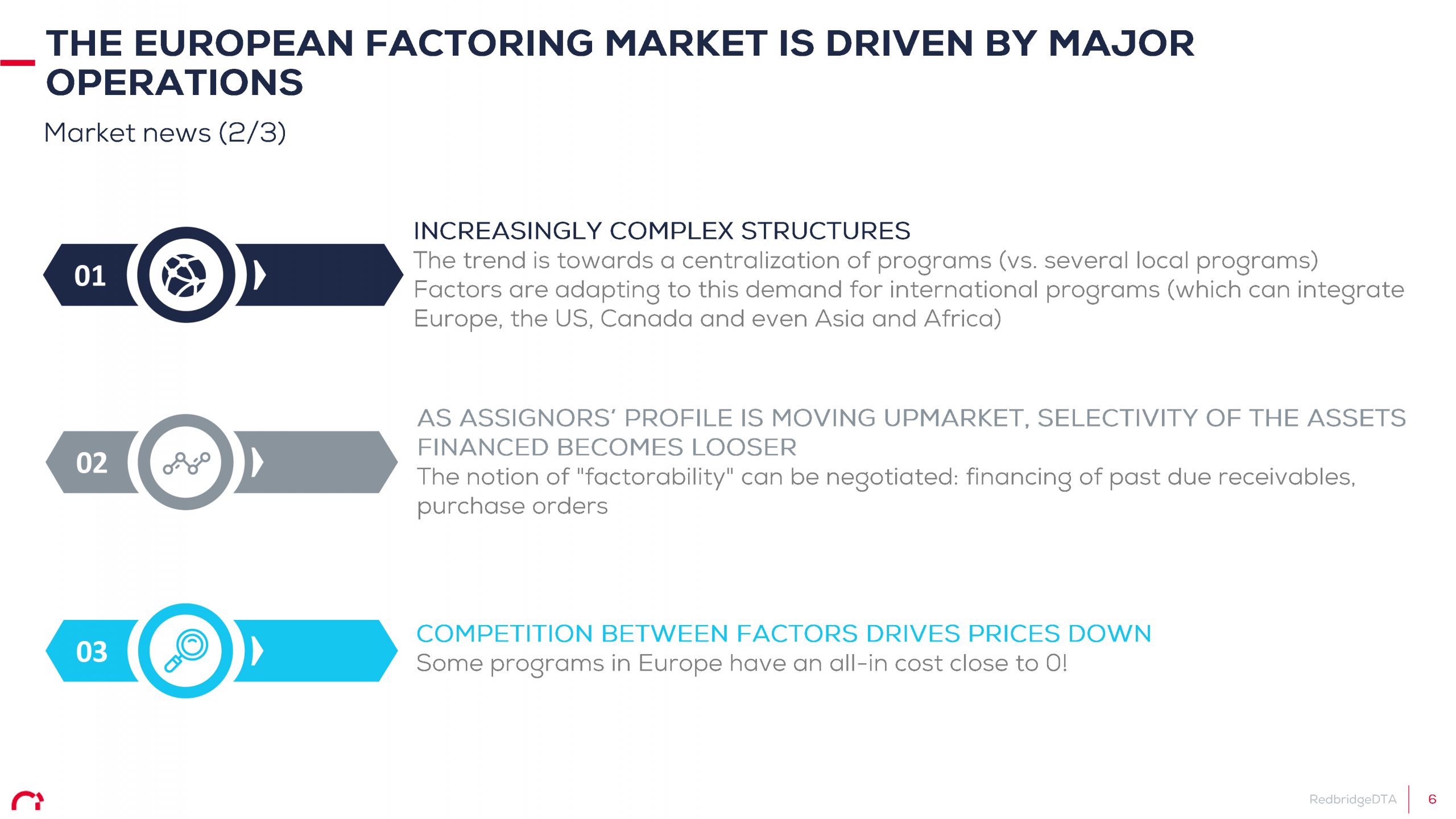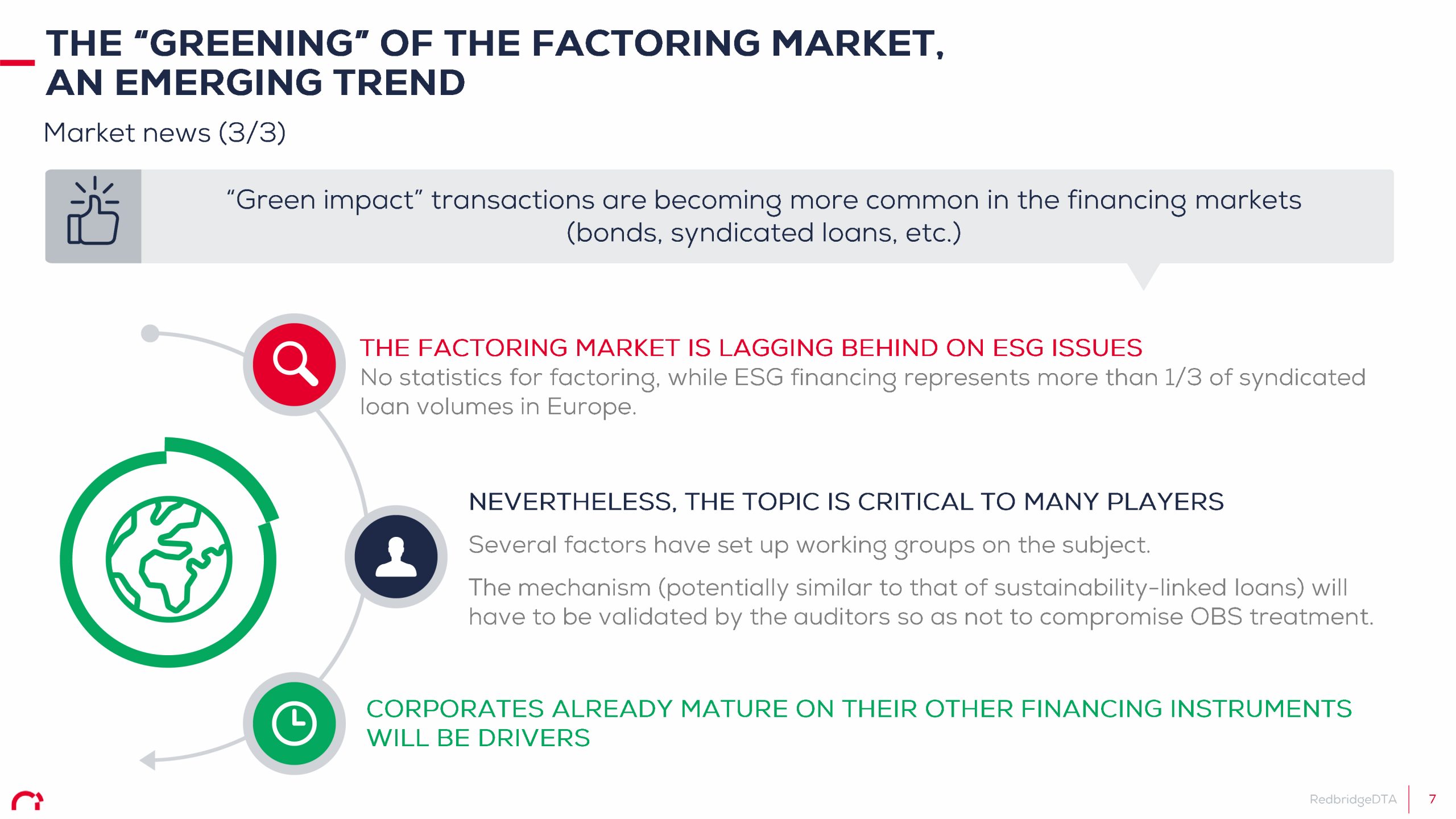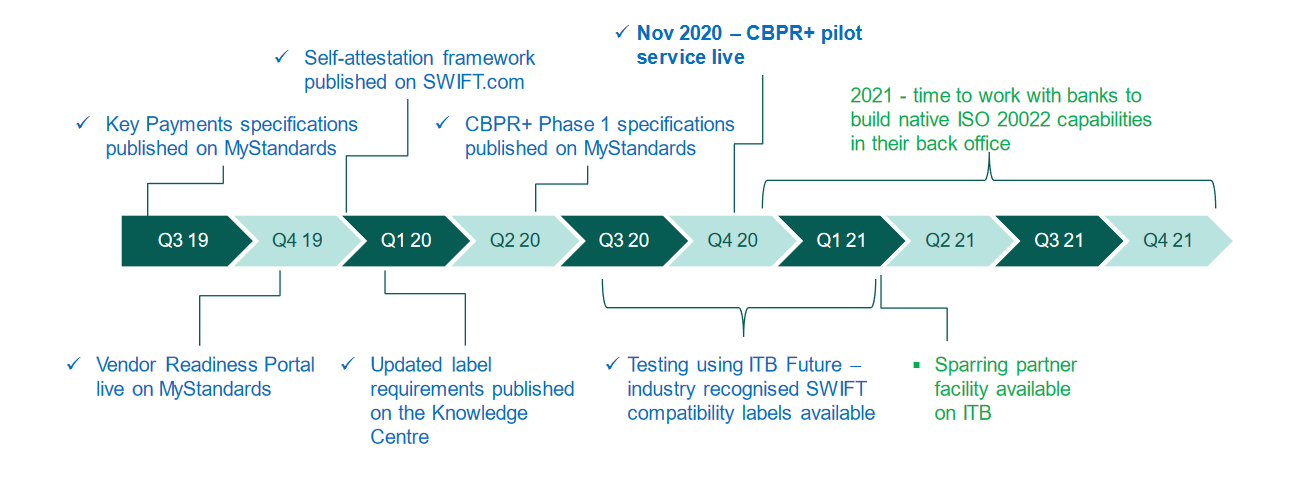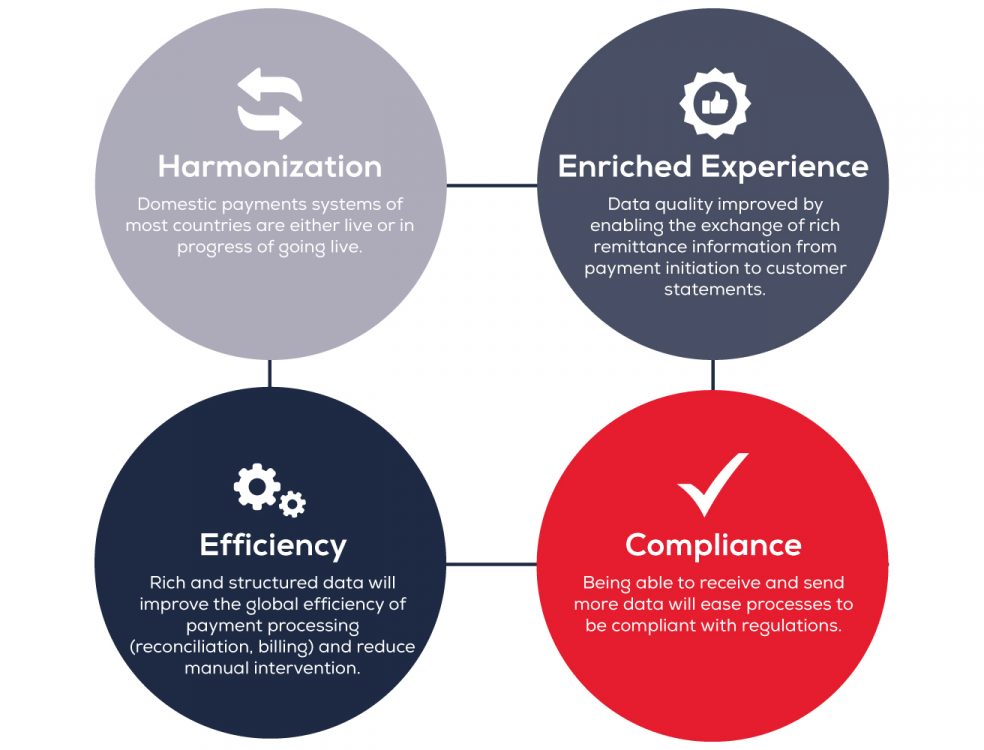– How is the finance-treasury function organized at Albéa?
– A three-person central treasury team in Paris leads the finance-treasury function, and it relies on local relays in India, China, Indonesia and the U.S. This setup provides centralization without a hierarchical relationship. Each financial director has autonomy and the ability to consult local banks. We’re keen to retain this entrepreneurial spirit and enable our local finance directors to evolve freely within a defined framework and shared processes. It’s an organization based on trust, mutual recognition and appreciation — and it works well.
The central treasury department plays a supporting role by providing knowledge and experience. We help everyone to carry out the reporting that is crucial for our executive management team to monitor activity. We also provide tools. Because we have deployed a treasury management system (TMS) for the group, treasury processes between countries and business lines are more secure and homogeneous.0
In terms of financing, the group’s medium- to long-term debt is centralized in our holdings in Luxembourg. Our priority is to fund the working capital needs of our subsidiaries. To that end, we have four cash-pooling schemes – in Europe, the U.S., China, and Indonesia – as well as factoring programs in Europe. Until recently, we also had an Asset-Based Lending (ABL) scheme in the U.S. In China, our factoring program is dormant because our subsidiary’s treasury has a surplus. Financing working capital needs enables us to eliminate the discrepancies between our receipts and disbursements — and ultimately to better manage inventory. This is essential in our businesses.
– What principles guide your banking relationships?
– We seek to establish stable, long-term relationships with banking partners capable of providing quality cash management services in line with local needs. We are still working with too many banks around the world — a total of about 30. Our bank account structure could be simplified so that we can spend less time reconciling, minimize operational and fraud risks, and free up teams’ time for projects with higher added value. The ideal target would be to have two local banks and one international bank in every major geographical area in which we operate.
The adoption of our treasury system has led us to streamline our banking environment with the aim of limiting the multiplication of contracts, licenses and implementations on the one hand and concentrating our side business on the other.
– What challenges did your recent cash management tender in the US involve?
– In the U.S., where we make a quarter of our turnover, we had a single bank. The relationship had existed for a decade or so. We were satisfied with the quality of the cash management services, but the relationship had become strained with respect to the functioning of our ABL program. This collateralized financing, worth some $60 million, had many constraints — do’s and don’ts — requiring the U.S. banking partner to agree to our development strategy. We felt like we had a bank whose team failed to understand our concerns and those of our board of directors.
Repaying the ABL removed all of our obligations to the U.S. banking partner and facilitated all of our M&A operations. As such, we repaid the debt, paid the break-up fees, and put inter-company financing in place. This, in turn, triggered an immediate termination letter from our bank. We had 120 days in which to leave the relationship with the bank. Our priority was to notify our clients and launch the process of selecting a new banking partner for the next 10 years.
– How have you replaced your ABL program?
– Having financing from your cash management bank is convenient, but it’s not indispensable. After the sale of several assets in the U.S. in June 2020, the introduction of new financing was no longer an urgent matter. Our U.S. subsidiaries have no debt, and the proceeds from sales remove short-term treasury requirements. The ABL provides an important financing base on invoices and inventory, which we no longer need as much.
Given the funding envelope required for the next three years in the U.S., we decided to break away from the legal, organizational, structuring and lien (guarantees, cross-guarantees, obligors) constraints of the ABL. This will enable us to avoid the hassles we had experienced when dealing with our former banking partner.
We have naturally switched to factoring, which is a lighter, simpler solution that is not too expensive. This new funding is confirmed for three years, like our European program. From the point of view of rating agencies, it is a stable resource. Finally, in the U.S., factoring is seen as true sales (no recourse) and, therefore, deconsolidating, which is an additional advantage.
– What criteria did you use to select your cash management partner
– We had a preference for a U.S. partner that was fully compatible with our banking communication tool and TMS. We were also looking for a bank recognized by our clients and suppliers. We wanted a partner that was well known and recognized in-house; able to deliver the same quality of service as our former cash management bank, including the capacity of setting up letters of credit, guarantees, leasings and financing beyond factoring; and provide the broadest possible portfolio of services.
The structuring of the tender, led by Redbridge, enabled us to prioritize the essential matters: lockboxes, letters of credit, treasury tool compatibility, forex, and generation of dematerialized checks. We built our specifications in project mode. With the call for tender, which was conducted quickly and efficiently, it was ultimately easy to separate from a banking partner we had worked with for 10 years. We were surprised by Redbridge’s ability to put us in contact with banks that we would never have dreamed of.0
The collaborative approach also facilitated the final decision. We got our U.S. subsidiaries on board before proposing the final choice to Albéa’s Chief Financial Officer, and there was no hesitation in our selection. Moreover, although the priority was to change banks, we achieved the savings that we had envisaged two years ago when we were looking into the matter.
– Constance Veron, you have accompanied for Redbridge your client Albéa in this RFP. Can you briefly explain the choices that were made with Albéa to match the deadline?
– Because Albéa only had one banking partner in the U.S., we needed to find one or two new partners who could address all of their needs and constraints in terms of cash management and financing. We built our specifications in project mode and invited U.S. banks, international banks and lenders to the RFP. We designed the tender to include both cash management and financing while prioritizing essential matters such as lockboxes, letter of credits, treasury tool capability, forex and digital check solutions.
Redbridge already assisted Albéa in our TMS selection, so we were familiar with its treasury operation, and it made the difference in completing the project within the limited timeframe we discussed. We worked closely with the banks to find the best solution and services for Albéa, as well as competitive pricing. Less than three months from the beginning of the project, Albéa found a new U.S. banking partner for our cash management operations. After the review of all the financing offers received, none of the banks or lenders met during the RFP process offered us a factoring program. Instead, most banks were proposing either a new ABL program or a noncommitted or overly restrictive program for Albéa. So, we finally selected a factoring program with one of the group’s partners in Europe that met all of the requirements of the financial department.
– Oliver, how has the migration to your new bank taken place?
– Once the accounts were live, we first circulated the information to our clients and then called each of them to let them know about the change of bank. Fortunately, we had a strong relationship with our U.S. clientele. We issued our first payments. Apart from electronic checks, which we are not yet fully prepared for, we have re-established the full range of banking services, enabling our U.S. entity to operate as normal. We are currently using our new bank’s in-house platform, and the connection to our treasury tool will take place at the end of the year.
– What about your financing partner?
– We selected Eurofactor for the U.S. factoring program. It already operates our pan-European program and provides a tool compatible with our TMS. True sales involve additional legal costs, but overall the cost of our financial resource in the U.S. has fallen considerably compared with the pre-existing ABL. A slight downside is that financing will only be credited D+1.
– What are Albéa’s treasury plans now?
– We always have a lot of projects on the go! We aim to finish optimizing our treasury architecture with our TMS, to continue aligning our internal signatory processes and operating methods, to train subsidiaries that fall within our TMS, and to activate the new modules on our treasury tool, such as netting, cash forecasting, cash pooling, debt management and exchange rates. We also intend to prepare as best as possible for M&A operations in the near future by starting to reflect on our debt structure and the positioning of our credit profile (credit insurers and rating agencies).

